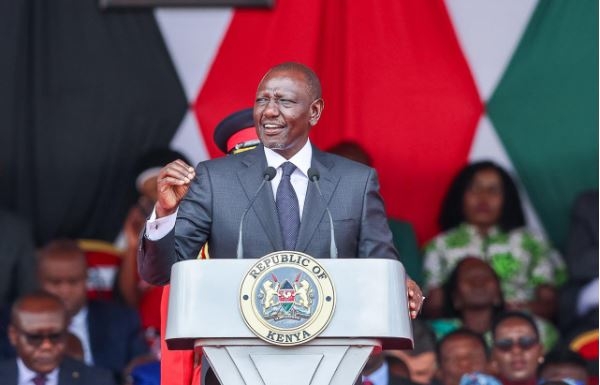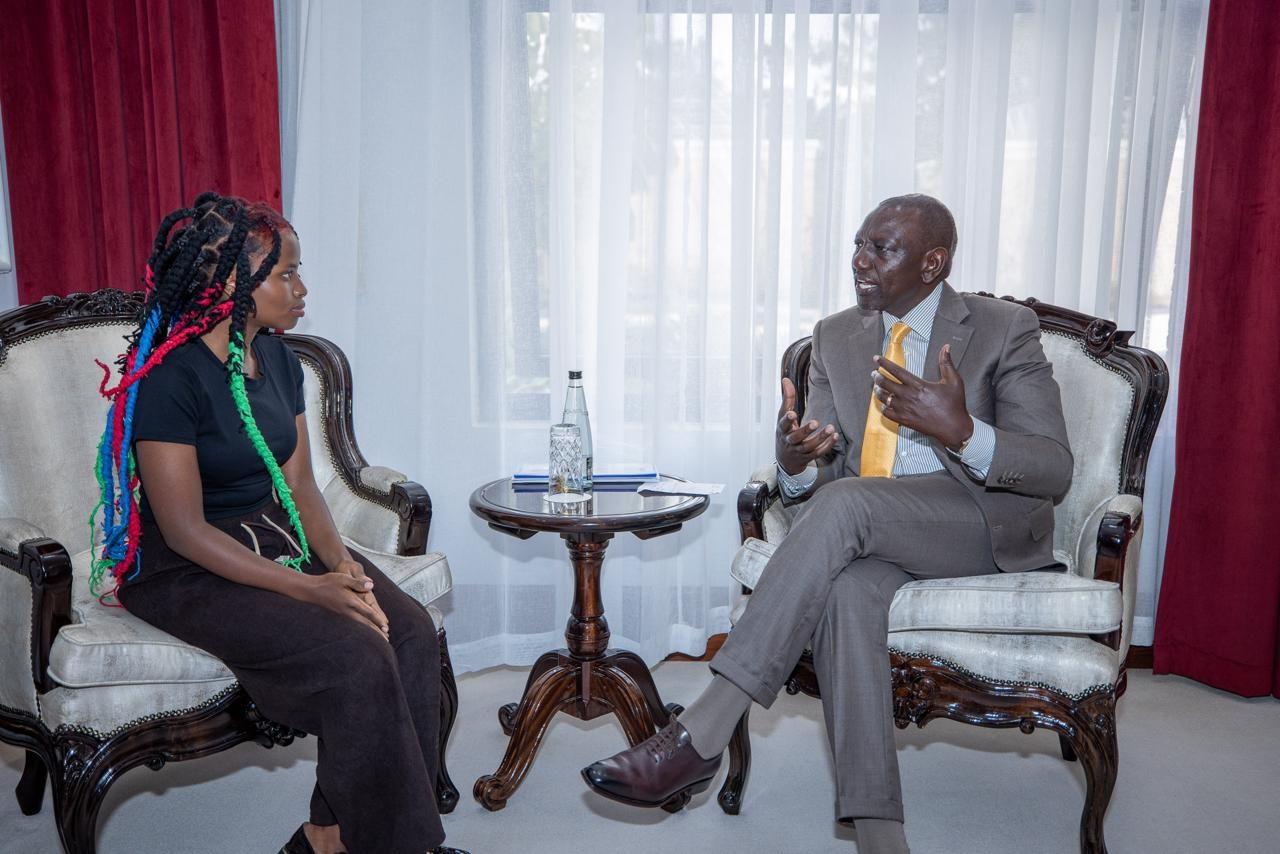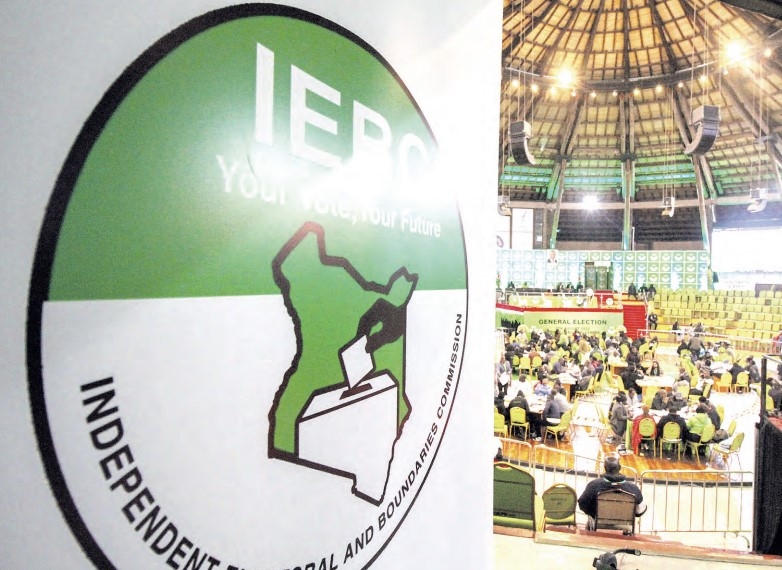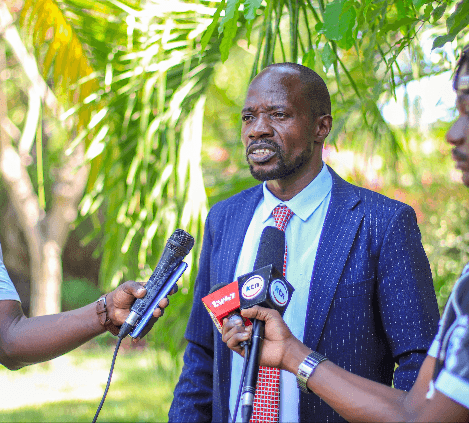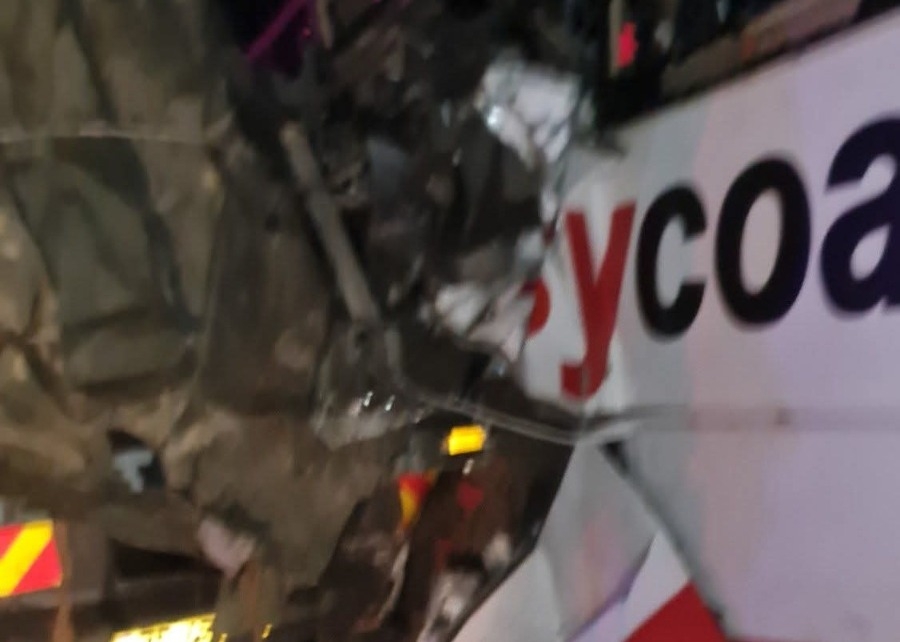
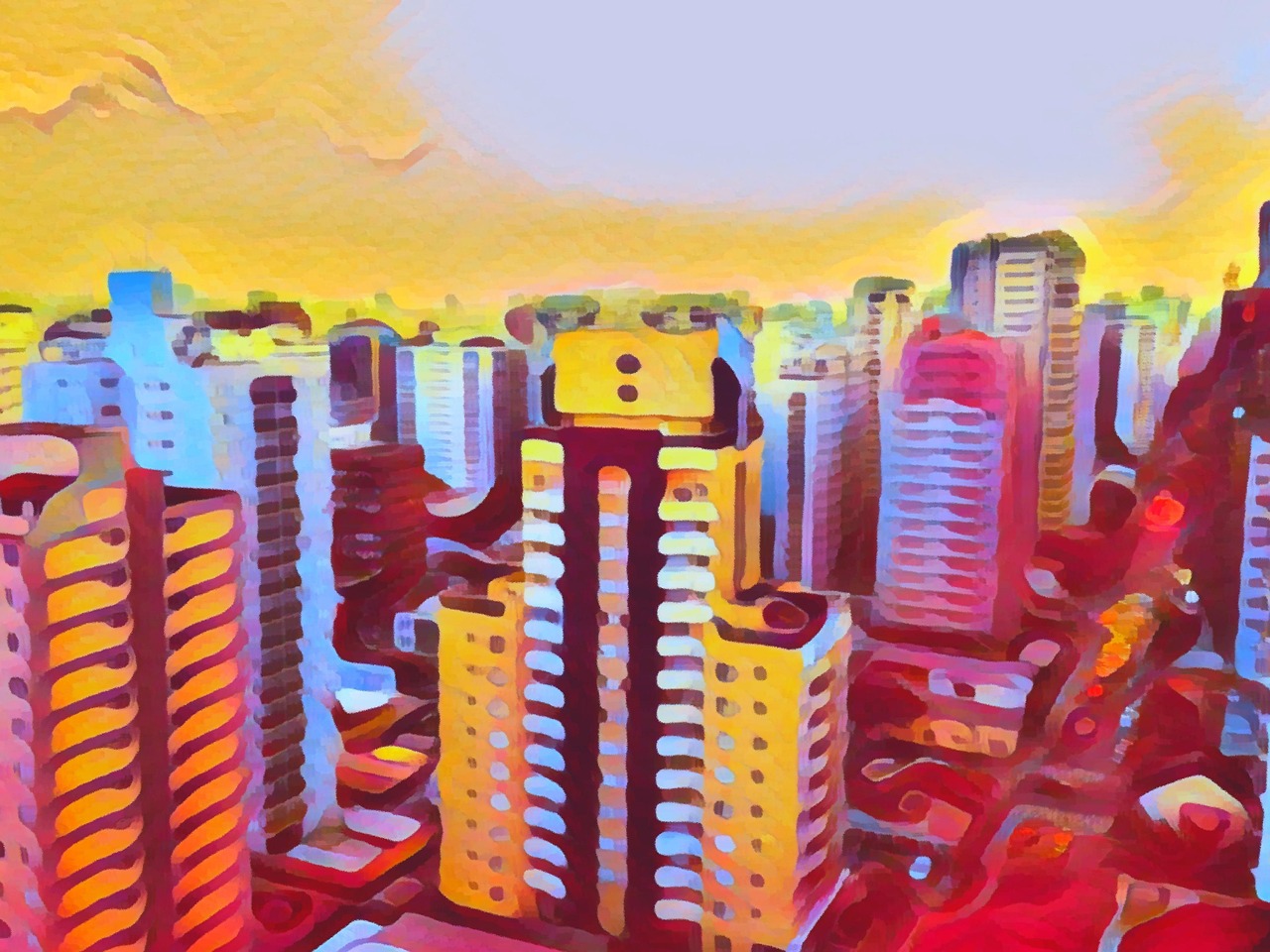
As early as 1992, Ghanaian surrealist writer Kojo Laing imagined his country in 2020s, blending the real and the fantastic to peer through the veil of time.
If Elspeth Huxley, who penned The Flame Trees of Thika in 1959, were to wake in 2055 and look upon her childhood town, my hometown now, what would she see?
It would be neither the colonial outpost she described, nor the bustling industrial city of Kiambu’s plans today. Instead, Thika could be a symbol of transformation, the engine of a developed black nation under an equatorial sun…
***
2055. From the vantage point of a quiet, solar-powered drone flying over Thika, the city spreads out like a mosaic of light and life. Gleaming bio-domes rise, their glass walls reflecting the endless blue skies. Vertical farms climb like green cathedrals, lush with genetically enhanced flame trees and protein crops that sway without wind.
Gone are the dusty roads of Kiandutu and snarling traffic jams of Makongeni. Magnetic levitation tracks and sky bridges weave through the city, connecting neighbourhoods in fluid, silent motion.
The old chaos has been replaced by an elegant order. Below, the Chania River glimmers faintly, its waters purified by microscopic carbon-eating bacteria generated by the county scientists at the new AI research centre housed in a weather station floating above Delamere ranch.
Floating solar farms drift like lilies on artificial lakes, drinking the sunlight and feeding it into a neuro-symbolic AI grid. These systems balance power and anticipate it not any different from a makanga who hums music before it begins. This is climate resilience turned into an art form. It is a delicate choreography between nature and machine.
The crown jewel of Kenya’s sixth city is its Integrated Health and Wellness Network (IHWN). Here, medicine ceased to be a humans-versus-machines affair. Instead, AI works alongside molecular robotics in perfect harmony.
At the Thika Level 10 Medical Complex, formerly Thika Level 5 Hospital, patients are greeted by doctors and intelligent networks that never sleep. Recurrent neural networks analyse symptoms and predict illnesses before they manifest. Treatments are tailored to the unique DNA of each individual, thanks to generative antibody design and faster gene synthesis.
Synthetic age reversal therapy is common both with the city’s college girls and agribusiness tycoons from around Thika. Nanoscopic robots repair cellular damage with quiet precision, turning back the clock for those once resigned to decline. It is a city where centenarians walk with the vigour of youth, especially in the red light zones, their artificial hearts beating strong under watchful biometric scoring systems.
Robots with artificial nervous systems have become part of daily life. They do not serve coldly; they listen, empathise, even laugh. They recognise memes and enjoy dark humour like humans of the era of Ruto. Street kiosks offer synthetic organisms tailored for urban farming, health and waste management. Where Ananas Mall once stood, children play with molecular robotic companions that teach languages, ethics and creativity, blending education and wonder.
At night, the city dims its lights to mimic natural rhythms. Neuropriming implants, embraced by most citizens, enhance learning and mental wellness, syncing with public AI tutors to create a generation of hyper-aware learners.
The political unity that seemed impossible in 2025 now forms the bedrock of social harmony in Thika. Diverse tribes and cultures live intertwined, connected by augmented reality layers that celebrate histories while weaving inclusive stories for the future.
Public spaces are forums where neuro-symbolic AI mediates discussions, blending logic and empathy. Old conflicts exist only in the faded pages of history. Here, collaboration replaces rivalry and innovation thrives in the fertile soil of trust.
Unpiloted military vehicles patrol silently to guard environment and safety. They are ethically bound by complex AI protocols designed to prevent misuse and ensure protection.
Microscopic synthetic cells stand ready to remediate chemical spills or counter biological threats. Security no longer means force. It has evolved to stewardship.
Biometric gene recognition ensures seamless, secure access to services, protecting privacy with decentralised cryptography.
The specter of gene vandalism during maandamanos of the Gen Z era is now a distant memory. Post-Ruto accords keep the peace. The economy hums with a blend of human creativity and synthetic productivity.
Generative adversarial networks produce hyper-realistic media that fuel tourism and education. AI-assisted factories craft medicines on demand and manufacture organic electronics embedded in clothing.
Despite its technological brilliance, Thika holds tightly to its soul. Museums use augmented reality to resurrect ancestral tales, blending generative art with oral histories into immersive experiences. Optimised psychedelic therapies, refined through decades, heal emotional wounds and foster creativity, monitored by AI psychiatrists who guide the journey.
As night falls, bioluminescent pathways glow softly, guiding citizens home through streets alive with potential. The city hums with the quiet pulse of possibility like the artificial hearts nowadays common and available from the online supermarket Heartbreaks and Repairs, or H.A.R, as most call it.




